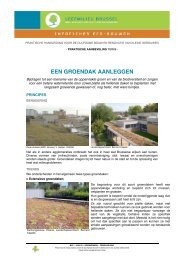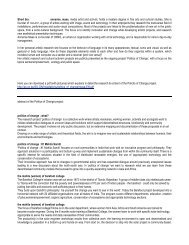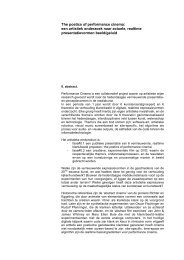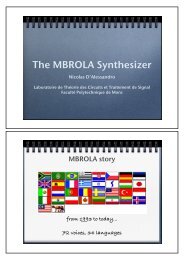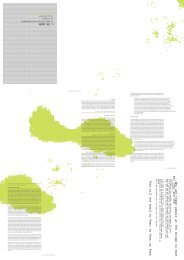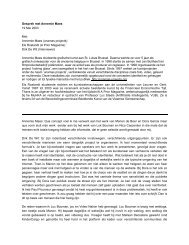MANIFESTO
MANIFESTO
MANIFESTO
Create successful ePaper yourself
Turn your PDF publications into a flip-book with our unique Google optimized e-Paper software.
Section 3<br />
TRANSITION TO LOCAL, SUSTAINABLE FOOD SYSTEMS<br />
BENEFIT THE ENVIRONMENT AND PUBLIC HEALTH<br />
Economic globalization has led to a nutritional transition away from local,<br />
diverse, seasonal diets to industrially processed synthetic foods, which are<br />
leading to new food-related diseases and ill health. Economic globalization<br />
policies increase the burden on the environment through resource and energy<br />
intensive consumption patterns. Localization, diversification, and seasonality<br />
are important for improving human well being, health, and nutrition.<br />
A transition to local systems throughout the world will reduce food miles by<br />
shortening transport chains and reduce the “energy backpack” of food in terms<br />
of packaging, refrigeration, storage, and processing.<br />
During the last century, a radical new approach to agriculture emerged. Instead<br />
of local farmers growing food primarily for their own communities, a new highly<br />
centralized global system of industrialized agriculture rapidly began replacing<br />
the local, decentralized small-scale food systems.<br />
According to the FAO, the liberalized economic globalization model has led to a<br />
54 percent increase of food imports between 1990 and 2000 by least developed<br />
countries (LDCs). Mexico, which traditionally has grown enough maize to feed its<br />
populations for centuries, has become a net importer of maize due to dumping of<br />
artificially cheap corn flooding in from the U.S. Imports of chicken parts from the<br />
EU has displaced small poultry farmers in Ghana. Numerous other examples exist<br />
of how the global industrial food system has turned food security on its head.<br />
The centuries-old food models are connected to traditional cultures, climates,<br />
geography, ecosystems, and other endemic factors. The industrial model has been the<br />
dominant paradigm for “developed” countries for the past several decades. Beginning<br />
with the Green Revolution of the 1970s and ’80s, many “developing” countries began<br />
to adopt these chemical, energy intensive agriculture practices as well. For example<br />
commercial “high yielding” seeds of the Green Revolution required nitrogen fertilizers,<br />
an especially potent contributor to greenhouse gas emissions.<br />
The industrial regime of the last few decades is foisted upon developing countries<br />
by international institutions such as the World Bank and the International




